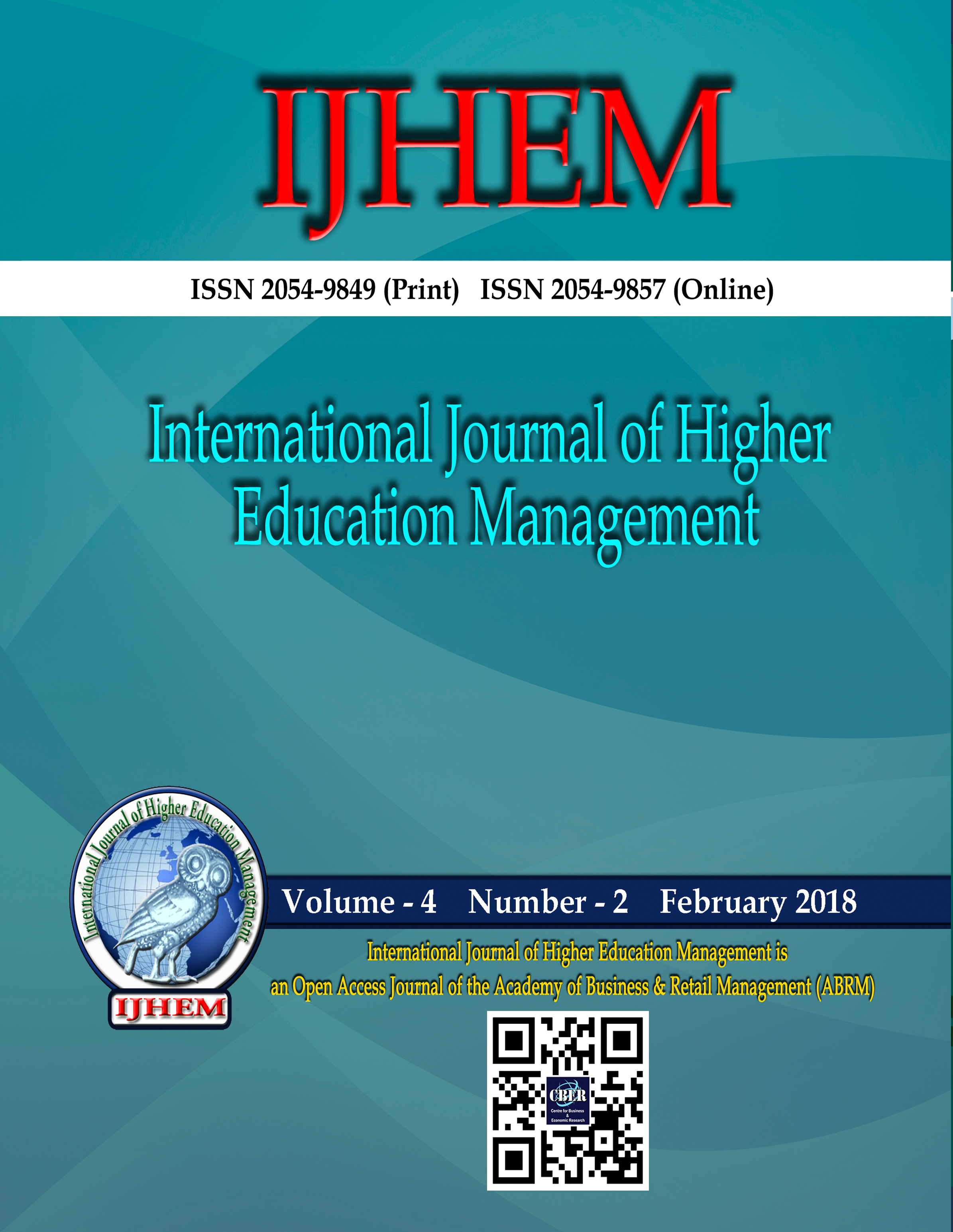BenchmarkingQuality Assurance Arab Region
Benchmarking is becoming a central instrument for improving the performance of higher education institutions and different approaches to higher education benchmarking have been adopted in many parts of the world. “If taken seriously and deployed properly, benchmarking can help colleges and universities position themselves for the new competitive environment†(Epper, 1999, p. 26). This paper outlines the recent changes in the higher education systems within the Arab region, triggered by the increased demands for accountability. This led to the introduction of new policies designed to make higher education institutions more accountable to the different stakeholders. There is also a strong emphasis on benchmarking as a tool to improving the performance of higher education institutions in the Arab region. Nonetheless, benchmarking is a new concept for most higher education institutions in this region, which can learn from the experience of other nations by examining the different tools used in benchmarking. The paper examines the different interpretations of benchmarking, referring to some applications in higher education. These applications have some common features, which include deciding on the scope of the study; identifying best practice organizations; deciding on and capturing best practices; reporting and disseminating features that can be transferred. Based on the review of different definitions and applications, this paper concludes that benchmarking is a continuous
Full Text : PDF
- Adelman, C. (2009). The Bologna Process for U.S. Eyes: Re-learning Higher Education in the Age of Convergence. Washington, D.C.: Institute for Higher Education Policy
- Alstete, J. W. (1995). Benchmarking in Higher Education: Adapting Best Practices to Improve Quality.ASHE-ERIC Higher Education Report, 5, George Washington University
- Badrawi,N.(2013). Higher Education Leadership Forum: Clicks-Dubai. http://www.cli-cks.com/pdf/Nadia_Badrawi.pdf
- Bender, B. E. (2002). Benchmarking as an Administrative Tool for Institutional Leaders. In B. E. Bender and J. H. Schuh (eds.), Using Benchmarking to Inform Practice in Higher Education. San Francisco: Jossey-Bass, 113-120
- Camp, R.C. (1994). Benchmarking: The Search for the Best Practices That Lead to Superior Performance. Milwaukee: ASQC Quality Press
- Cook, S. (1995). Practical Benchmarking. London: Kogan Page
- Commission for Academic Accreditation (2011). The Standards for Licensure and Accreditation. United Arab Emitates: Commission for Academic Accreditation. Retrieved March 15, 2015, from https://www.caa.ae/caa/images/Standards2011.pdf
- Directorate of Higher Education Review (2014). Programmes within- College Reviews Handbook. Bahrain: National Authority for Qualifications & Quality Assurance3 of Education & Training. Retrieved March 30, 2015, from:
- http://www.qqa.edu.bh/En/Publications/DocLib/DHR%20(%20PCR%20)%20Handbook%20( %20English)%2025.March.2015%20(%20Print).pdf
- El-Meghraby, H. (2011). Quality Assurance in the Newly Established Universities in Saudi Arabia. www.anqahe.org/files/abu_dhabi_2011
- Epper, R. (1999). Benchmarking to Higher Education: Some Lesson from Experience. Change. November/ December, 24-31
- Jaramillo, A., Moreno, J. M., Demenet, A., Zaafrane, H., Monet, O., Trenner, S., Taha, T., Barry, J., Kwak, A. and Marchionne, S.(2012). Universities through the Looking Glass:
- 61 A Journal of the Academy of Business and Retail Management (ABRM) www.ijhem.abrmr.com
- International Journal of Higher Education Management (IJHEM) Vol. 2 Number 1 August 2015
- Benchmarking University Governance to Enable Higher Education Modernization in MENA. World Bank Publications, the World Bank number 12535
- Levy G. and Ronco S. (2012).How Benchmarking and Higher Education Came Together. New Directions for Institutional Research. Published online in Wiley Online Library, DOI: 10.1002/ir.20026
- Luzia, K., Harvey, M. Parker, M. McCormack, C. and Brown, N. R. (2013). Benchmarking with the BLASST Sessional Staff Standards Framework. Journal of University Teaching & Learning Practice, 10 (3), 1-15
- Mann, R. S. and Kohl, H. (2010).GBN Survey Results: Business Improvement and Benchmarking, Global Benchmarking Network. www.globalbenchmarking.org.
- Morgan, B. (2009). Introduction. Quality in Higher Education, 15, 1, 2-3
- Murphy, P.S. (1995). Benchmarking Academic Research Output in Australia. Assessment & Evaluation in Higher Education, 20, 45-57
- National Commission for Academic Accreditation & Assessment (2013). Standards for Quality Assurance and Accreditation of Higher Education Institutions. Saudi Arabia: National Commission for Academic Accreditation & Assessment. Retrieved March 15, 2015, frommu.edu.sa/sites/default/files/NCAAA_EN_12.doc
- Nazarko, J., Kuzmicz, K.A, Szubzda-Prutis, E. and Urban, J., 2009 (2009). The General Concept of Benchmarking and its Application in Higher Education in Europe.Higher Education in Europe, 34, Nos. 3–4, 497-510
- Payne, S. and Whitfield, J. (1999). Benchmarking for Business Schools/ Colleges: Implementing an Alternative Partnership Approach. Journal of Education for Business, September/October, 5-9
- Seybert, J. A., Weed, E. J., and Bers, T. H. (2012). Benchmarking in Higher Education. In E. Secolsky and D. B. Denison (eds.), Handbook on Measurement, Assessment, and Evaluation in Higher Education. New York: Routledge
- Zairi, M. (1994). Measuring Performance for Business Results. London: Chapman & Hall Samuel, A., Grigg, N. and Mann, R. (2014). Insights into Informal Benchmarking. Journal ofInspiration Economy,1, 1, 67-91
- UNDP/RBAS (2005). Quality Assessment of Computer Science and Business Administration Education in Arab Universities, a regional overview report. New York: Regional Bureau of Arab States
- UNESCO (2004). UNESCO’s Capacity Building Activities in Qualification Recognition, Quality
- Assurance, and Accreditation: Towards a Coherent Framework. Tokyo: UNESCO


